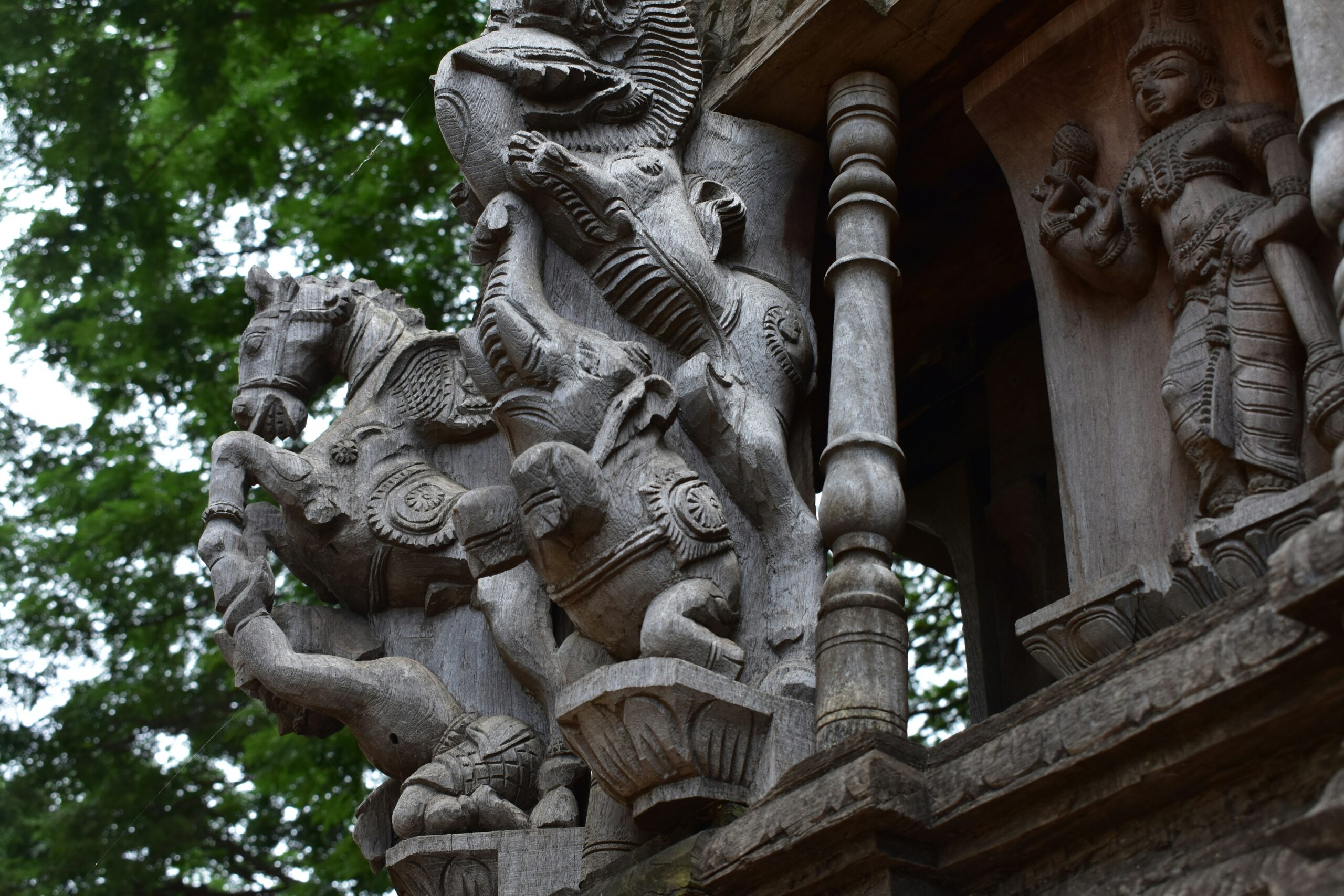Sculpture, as a visual language, communicates ideas beyond the literal form. In both Eastern and Western cultures, symbolic meaning has always played a crucial role in how sculptures are designed, placed, and perceived. However, the type of symbols, their spiritual depth, and their connection to culture often diverge in profound ways.
By comparing the symbolism embedded in sculptures from Europe and Asia, we can see how different civilizations used art not just to represent the world, but to shape how people thought about life, death, and the divine.
The Western Tradition: Representation, Power, and the Ideal
In the Western tradition—especially in Europe—symbolism in sculpture has often revolved around individual identity, religious authority, and human perfection. From the classical statues of ancient Greece to the dramatic figures of the Baroque period, symbolism served a blend of aesthetic, philosophical, and political functions.
Classical Greece: Harmony and the Divine Human
Greek sculptures often symbolized idealized human traits. The gods were shown as perfect humans—not because humans were divine, but because divinity was seen through the lens of human excellence. Sculptures of Apollo or Athena weren’t just religious icons; they embodied balance, wisdom, and civic virtue.
Christian Europe: Saints, Suffering, and Salvation
With the rise of Christianity, symbolism shifted from heroic nudity to sacred storytelling. Sculptures of the Virgin Mary, Jesus Christ, and various saints were rich with symbols—halos for holiness, lambs for sacrifice, thorns for suffering. Gothic cathedrals became homes to sculpted narratives meant to teach faith through stone.
In this tradition, sculpture symbolized morality, redemption, and divine authority.
The Eastern Approach: Essence, Nature, and Inner States
In contrast, Asian sculpture often emphasizes spiritual essence, natural harmony, and the inner state of being. Instead of focusing on the physical perfection of the human body, Eastern traditions use symbolic forms to point toward invisible truths.
India and Southeast Asia: Spiritual Forms and Cosmic Balance
Statues of Buddha and Hindu deities like Shiva or Vishnu are filled with layered symbolism. Multiple arms suggest divine powers; hand gestures (mudras) represent teaching, fearlessness, or meditation; seated postures reflect peace and enlightenment.
These sculptures are not portraits. They are spiritual diagrams, teaching tools, and devotional aids meant to guide the viewer inward.
East Asia: Taoist Flow and Zen Emptiness
In China and Japan, sculptural symbolism is often rooted in Taoist and Zen Buddhist ideas. Simplicity becomes a symbol. A weathered stone lantern in a garden, or a minimalist wooden Buddha with closed eyes, expresses the impermanence of life, the value of stillness, and the importance of harmony with nature.
Where Western sculpture often looks outward, Eastern sculpture tends to look inward.
Material Choices: Symbolism in Substance
The materials used in sculptures also carry symbolic weight.
Marble in the West, particularly in Greek and Renaissance works, symbolized purity, durability, and perfection.
Bronze, used in both East and West, conveyed strength and permanence.
Wood and clay, often used in Asian sculpture, suggest humility, natural connection, and impermanence.
In Japan, the wabi-sabi philosophy sees beauty in age, wear, and imperfection—making a weathered sculpture more meaningful, not less.
Symbolism in Function and Placement
Where a sculpture is placed can change its meaning.
In Europe, public sculptures often glorified leaders, events, or religious ideas. City squares and churches became stages for communal values and collective memory.
In Asia, sculptures were often placed in temples, gardens, and natural landscapes, creating a symbolic relationship between art, nature, and spirit.
A stone Buddha beside a flowing stream isn’t just decoration—it completes a symbolic ecosystem.
Animal Symbolism: East and West Compared
Both traditions also use animals as symbols, but in different ways.
Lions in Europe often symbolize strength and royal power. In religious contexts, they can guard sacred spaces.
In China, Fu Lions (or guardian lions) symbolize protection and are often placed in pairs outside buildings to balance yin and yang.
Elephants in Indian sculpture symbolize wisdom, memory, and the divine (like the god Ganesha).
In the West, lambs often symbolize innocence and sacrifice, especially in Christian iconography.
Each animal carries cultural meaning, shaped by mythology and worldview.
Contemporary Reflections: Blending Symbols in a Global World
In today’s interconnected world, artists often borrow from both traditions. Sculptures may blend Eastern spiritual symbolism with Western anatomical precision. Some may use traditional forms to question modern issues, such as identity, colonialism, or environmental loss.
For example, a modern sculpture of Buddha made from recycled materials may carry messages about ecology, consumerism, and renewal—all while echoing ancient symbols of enlightenment.
Symbolism remains alive, evolving with every generation.
Conclusion: Symbols Shape How We See
Whether it’s a marble David or a serene Bodhisattva, sculptures across cultures invite us to look beyond the surface. They are maps—symbolic expressions of what it means to be human in a particular place and time.
By comparing East and West, we don’t just see different styles—we see different ways of thinking, feeling, and being.
Understanding these symbolic languages helps us appreciate not only the artworks, but the worldviews they represent. It reminds us that art is a mirror—and every culture holds it up in its own unique way.




